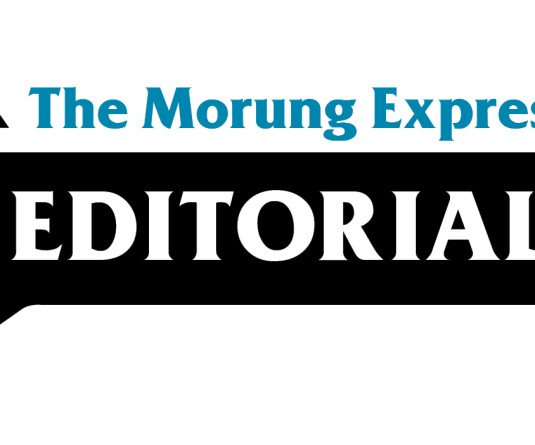
By Imlisanen Jamir
We like to imagine our lives as neatly plotted graphs: input → output, cause → effect, the predictable arc. We measure calories, map schedules, set goals, draw plans—and then we compute. And in that model, we are safe: predictable. We are reasoned. The world behaves.
And yet the truth is different. The world is less a linear equation and more a scatter-plot full of anomalies. Richard Feynman, the American theoretical physicist known for his work on quantum electrodynamics and his unorthodox approach to teaching and inquiry, often said that “the pleasure of finding things out” was life’s real reward.
As Feynman taught us, nature is generous with simplicity but unforgiving of false certainty. We find truths not by proving them completely, but by staying alert to what doesn’t fit.
For years I adhered to my spreadsheet of decisions—work, training, diet, income streams, the jigsaw of daily habit. Everything tracked. The model held. And then the data point appeared: one that aborted the line, refused the curve. Something unplan-worthy. Something that couldn’t be rationalised by linear projection.
In physics, Feynman would say: when the model fails, the anomaly is the clue. You can ignore it—but then you risk never seeing what’s really happening. He said one must remain curious, unwilling to accept that the map equals the territory.
Here I was, confronted with an anomaly. Not graciously, not dramatically—just quietly. A shift of state. A different kind of binding.
I stood back from the chart. I watched the pattern of two lives converge—not because I calculated it, but because the experiment had run its course. I recognised that predictability is comforting, but living is something else. Living comes from adjustment, from surrendering the illusion of full control. The beauty is not in the solved equation; it is in the open question.
It is easy to remain in the realm of reason: to believe that all variables can be known, all outcomes anticipated. But that is a lie of convenience. Feynman would laugh at it—not because he admired chaos, but because he respected reality. He appreciated the flower, he said, “at the same time as I see much more about the flower than the artist sees.”
I too found that: the ordinary act—the rain-pat on the window, the early morning coffee, a handshake—became vectors of meaning. Not grand or sweeping, but real.
So what follows then? The moment one stops solving the model and starts listening to the measurement. The moment one accepts that the unknown has something to teach. The equation remains unresolved. And that is the point. You don’t commit to the answer; you commit to staying curious.
There is no announcement of a chapter closed or a destination reached. The experiment continues. The model has been amended; the scatter-plot will fill with unexpected points. The beauty of an unbalanced equation is that it forces you to ask new questions. If you measured the point, you owe yourself an answer. But sometimes the answer is simply: “I don’t know yet.” And that is enough.
We like our lives to follow Newtonian logic. But they don’t. They follow quantum mess, interference patterns, indeterminate path integrals. And as Feynman would expect, that is where nature hides her richest surprises.
Comments can be sent to imlisanenjamir@gmail.com




